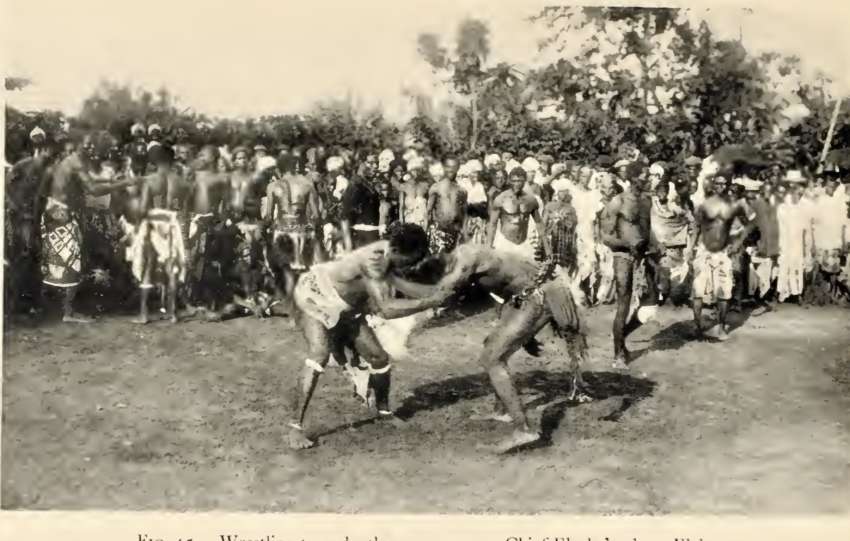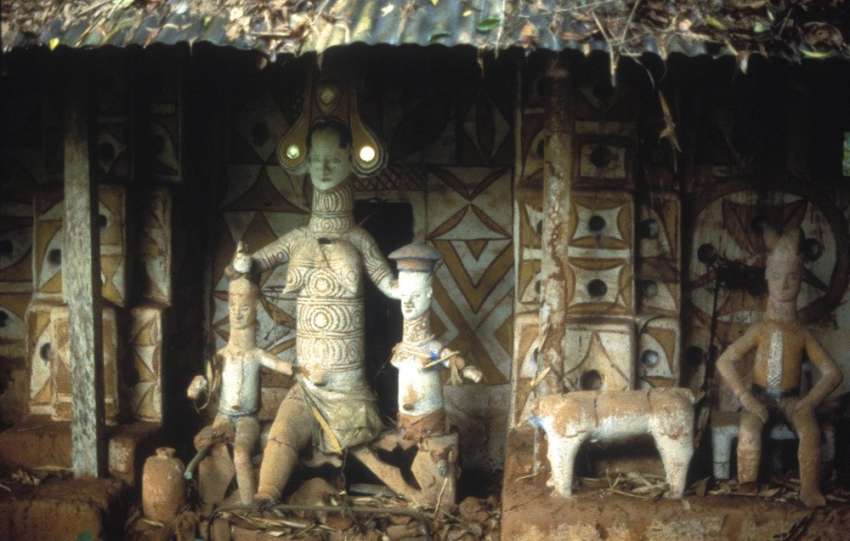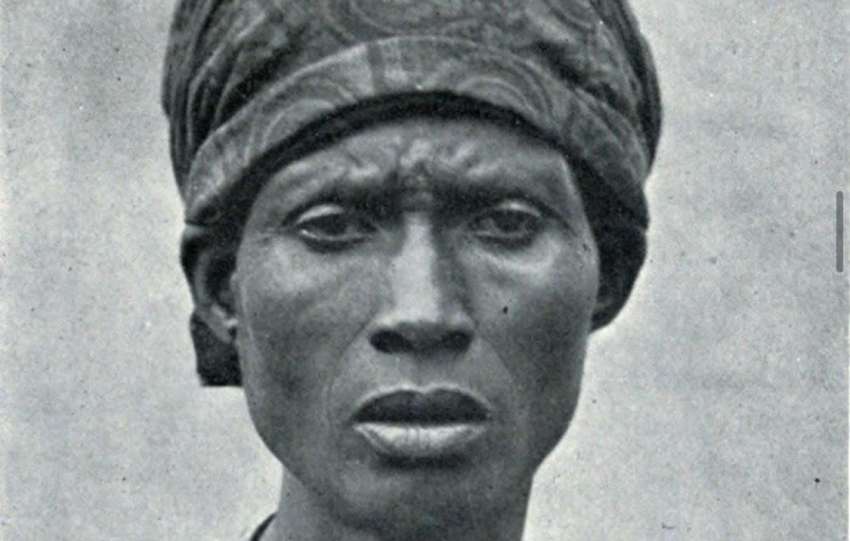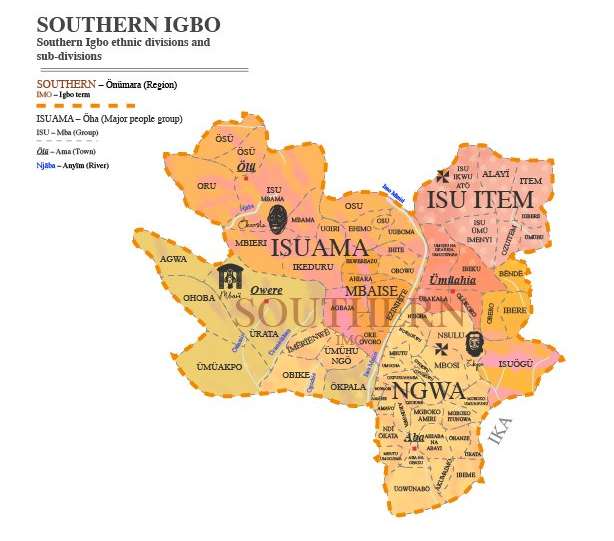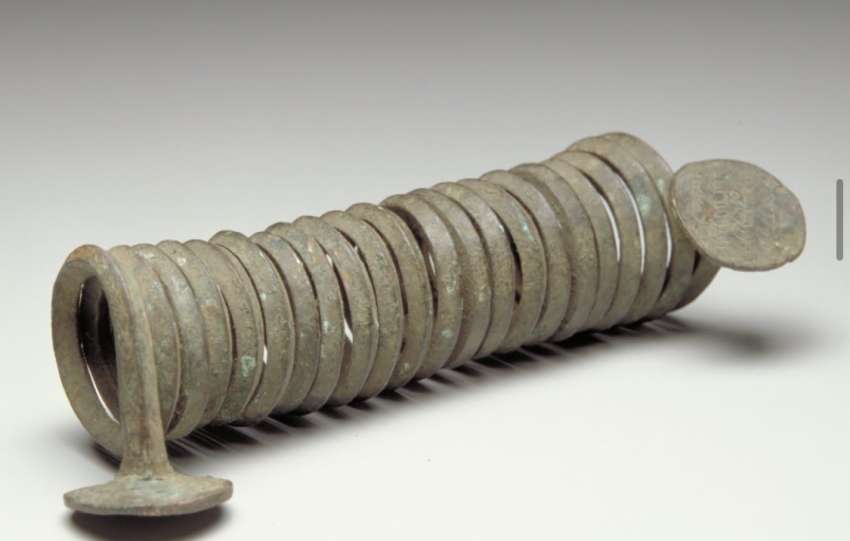"Wrestling to make the yams grow. Chief Elechi's place, Elele."
This refers to a traditional ritual practiced in Elele, Some Ikwerre groups and the Igbo people at large to ensure a bountiful yam harvest.
Elele, a town in Rivers State, Nigeria, known for it's rich agricultural land. Talbot captured the event holding in Chief Elechi place, A…
